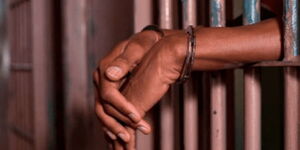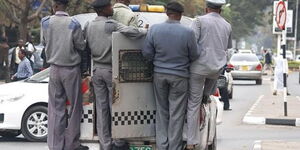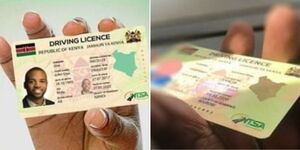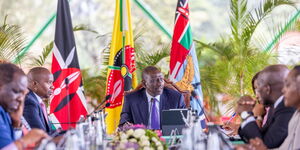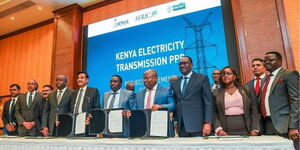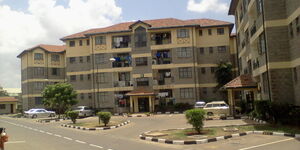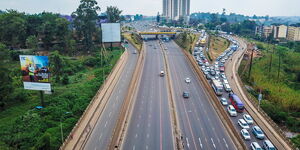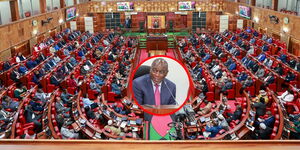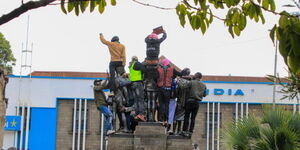On Monday, August 22, Azimio leader, Raila Odinga filed a petition at the Supreme Court of Kenya, challenging the presidential elections declared by Independent Electoral and Boundaries Commission (IEBC) chairperson, Wafula Chebukati.
All eyes now shift to the seven-judge bench that will determine the fate of the election petition in the next 14 days.
The judges comprise Chief Justice Martha Koome, Lady Justice Philomena Mwilu, Justice Mohammed Ibrahim, Justice Njoki Ndung'u, Justice Dr Smokin Wanjala, Justice Isaac Lenaola and Justice William Ouko.
The exclusive jurisdiction and powers handed to the seven judges date back eleven years ago when the highest court was operationalised as a result of the 2010 Kenyan constitution. Here is a breakdown of the events that led to the formation of the Supreme Court.
History
The aftermath of the 2007 General Election saw ODM's Raila challenge the presidential results that had declared the Party of National Unity (PNU's Mwai Kibaki as the victor. Within minutes after the electoral body at the time, the Electoral Commission of Kenya, declared Kibaki's victory, he was sworn in at State House, Nairobi late in the evening.
This sparked spontaneous mass protests and chaos across the country, that precipitated into post-election violence of 2007/2008.
Further, Raila challenged the credibility of the entire electoral process, with his supporters denouncing the results.
Odinga and Ruto were the pillars of ODM in the run-up to the 2007 polls - they belonged to the Pentagon, the party's organ that nearly wrestled power from Kibaki.
Kriegler Commission
The chaotic events led to the establishment of the Kriegler Commission, which sought to examine the integrity of the entire electoral process.
The report by the commission established that there were legitimate concerns regarding the Electoral Commission and the Judiciary that needed to be addressed.
After concluding that Kenyans had lost faith in the Judiciary's ability to handle matters pertaining to electoral disputes- the commission recommended a separate law to be enacted to pave way for a higher court to handle matters that cannot be resolved by the electoral commission, and that such a court ought to be granted powers to issue Advisory opinions
"IREC recommends that a separate law be enacted to facilitate the establishment of a special Electoral Dispute Resolution Court to handle appeal matters from the initial stages of dispute resolution by the ECK," read part of the Kriegler Commission.
Both Kibaki and Raila later resolved their differences and formed the Government of National Unity. Part of the peace deal that ended the stalemate ordered for the constitution to be reviewed.
Later, the process of amending the constitution kicked off as it was subjected to a referendum. With a resounding affirmation, the proposed Constitution of Kenya 2010, was promulgated.
Under the Supreme Court Act, No. 7 of 2011, the Supreme Court was established as the highest court in the country with exclusive jurisdiction to handle presidential election petitions.

